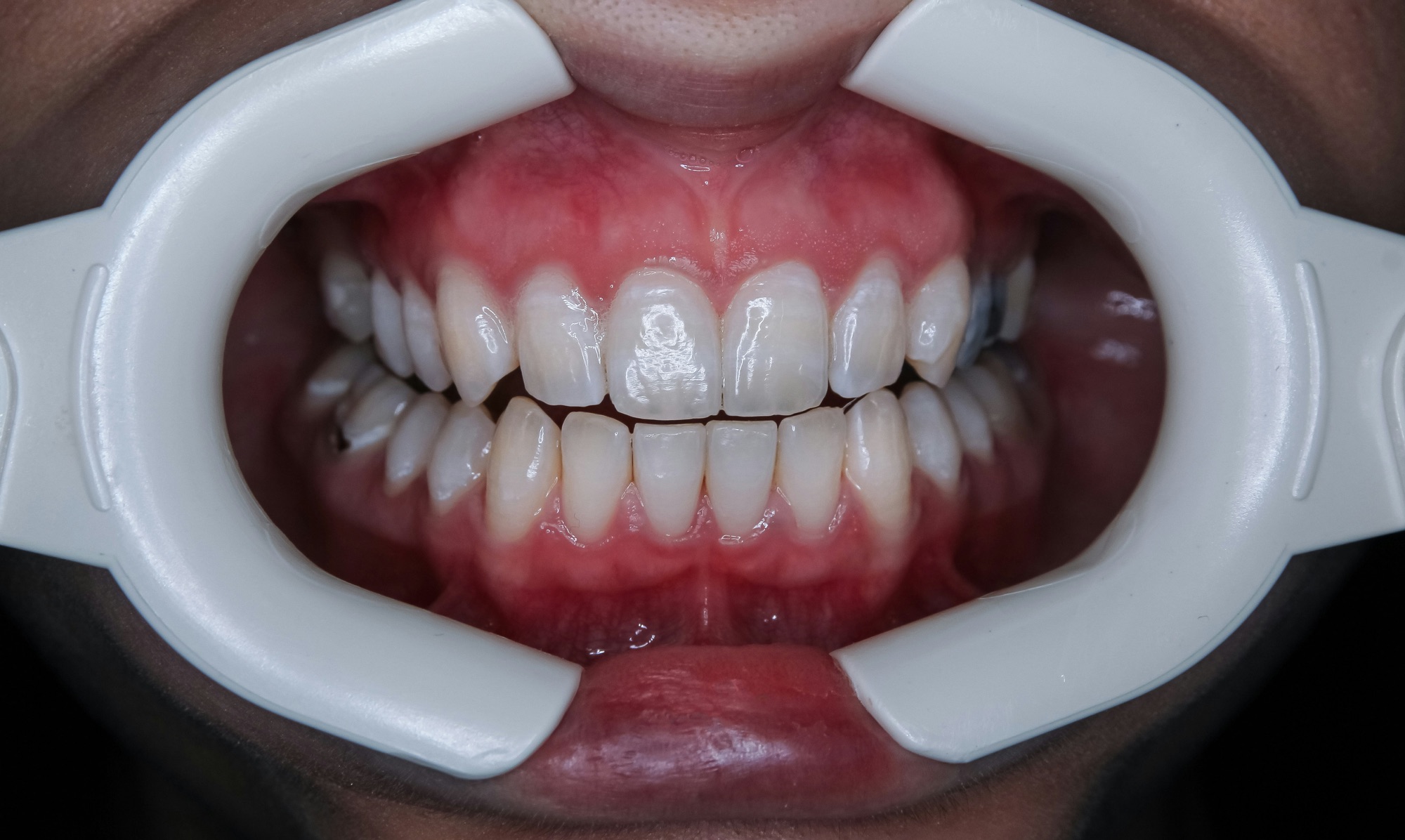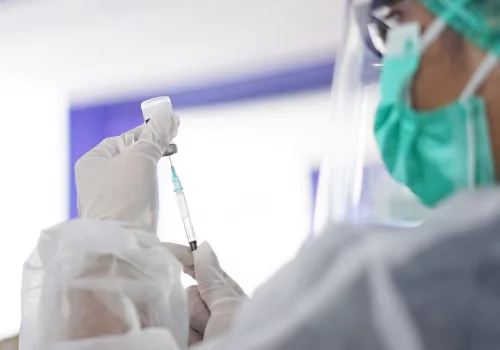Hair growth is a complex process that occurs in distinct stages, and understanding these stages is essential when considering a hair transplant. The success of a hair transplant largely depends on how well the transplanted hair follicles integrate into the natural hair growth cycle. In this article, we will explore the stages of hair growth, their significance, and how they impact the process and results of hair transplantation.
Overview of the Hair Growth Cycle
Human hair grows in cycles, with each hair follicle independently transitioning through different phases. The hair growth cycle consists of three primary stages:
- Anagen Phase – The growth phase
- Catagen Phase – The transitional phase
- Telogen Phase – The resting and shedding phase
Each phase plays a critical role in the health and regeneration of hair follicles, and these stages directly impact how hair transplants behave post-surgery.
1. Anagen Phase (Growth Phase)
The anagen phase is the most active and longest phase of the hair growth cycle. During this stage, the hair follicles are fully functional, producing new hair cells, which results in continuous hair growth. This phase can last anywhere from 2 to 7 years, depending on factors such as genetics, age, and health. At any given time, about 85-90% of the hair on your scalp is in the anagen phase.
Impact on Transplantation:
- Graft Success: Hair follicles that are in the anagen phase during transplantation are typically more resilient and are more likely to survive and grow in their new location. These active follicles begin producing new hair shortly after they are transplanted.
- Longer Hair Growth Post-Transplant: Because follicles transplanted in the anagen phase are actively growing, they will typically continue to produce longer, thicker hair after the transplant.
2. Catagen Phase (Transitional Phase)
The catagen phase is the shortest phase of the hair growth cycle, lasting only about 2 to 3 weeks. During this transitional stage, the hair follicles stop producing new hair cells, and the hair shaft detaches from the blood supply, preparing to enter the resting phase. This phase affects only about 1% of the hair at any given time.
Impact on Transplantation:
- Temporary Halt in Growth: If a follicle is transplanted while in the catagen phase, it will not produce new hair immediately. Instead, it will pause growth and transition into the telogen phase before re-entering the anagen phase.
- Limited Immediate Growth: Transplanted follicles in the catagen phase will take longer to produce visible hair, as they need to transition to the telogen phase before starting the growth process again.
3. Telogen Phase (Resting and Shedding Phase)
The telogen phase is the final stage of the hair growth cycle, lasting about 2 to 4 months. During this resting phase, hair follicles are inactive, and the hair shaft eventually sheds. This is a normal part of the cycle, with about 10-15% of hair in this phase at any given time. After the telogen phase, the follicle re-enters the anagen phase and begins growing new hair.
Impact on Transplantation:
- Initial Shedding After Transplant: One common post-transplant phenomenon is shock loss, where the transplanted hair follicles enter the telogen phase and shed the hair shaft. This can happen within the first few weeks after surgery, causing some patients to feel alarmed. However, this shedding is temporary, and new hair growth will occur as the follicles move back into the anagen phase.
- Delayed Regrowth: Hair follicles transplanted in the telogen phase will not immediately start growing new hair. It can take several months for these follicles to re-enter the anagen phase, which means patients may not see visible results until 3 to 6 months post-transplant.
How the Hair Growth Cycle Affects Hair Transplantation
The hair growth cycle is a key factor in determining the timing, outcome, and long-term success of a hair transplant. Understanding how the cycle affects transplanted hair can help patients manage their expectations and prepare for the different stages of recovery. Below are some of the ways the hair growth cycle impacts the transplantation process:
1. Shock Loss and Telogen Effluvium
One of the most common concerns after a hair transplant is shock loss, which refers to the temporary shedding of both transplanted and native hair. This typically happens because the transplanted follicles are “shocked” by the surgical process, causing them to enter the telogen phase prematurely. This can also occur with existing hair follicles near the transplanted area due to the trauma of the surgery. While this shedding can be alarming, it is a normal part of the recovery process, and new hair growth usually begins within a few months.
2. Timing of Visible Results
Because hair follicles go through various stages of the hair growth cycle, patients may experience uneven growth in the months following a hair transplant. Follicles that were in the anagen phase may continue to grow soon after the transplant, while those in the telogen or catagen phases will take longer to show visible results. Most patients can expect to see noticeable hair growth starting around the 3-month mark, with full results typically visible after 9 to 12 months.
3. New Hair Growth Characteristics
The new hair that grows after a hair transplant often starts as fine, thin hair, but as the follicles mature and complete several hair growth cycles, the hair typically becomes thicker and more robust. The first few cycles of growth are essential for determining the long-term success of the transplant. Follicles that were transplanted successfully should produce strong, healthy hair as they re-enter the anagen phase over time.
4. Follicle Survival and Success Rate
The hair growth cycle plays a crucial role in the survival rate of transplanted follicles. Follicles in the anagen phase are more likely to thrive in their new location and produce hair more quickly after transplantation. In contrast, follicles in the catagen or telogen phases may take longer to integrate, but with proper care and time, they can still result in successful regrowth.
Post-Transplant Hair Growth Timeline
Here’s a general timeline of what patients can expect regarding hair growth after a transplant, considering the hair growth cycle:
- First 1-2 Weeks: Initial healing phase. Scabbing and crusts may form around the grafts. Patients may experience mild swelling and discomfort.
- Week 2-8: Shock loss occurs. Transplanted hair begins to shed as follicles enter the telogen phase.
- Month 3-4: Early signs of new hair growth may become visible, with hair follicles entering the anagen phase. The new hair may appear fine and thin at first.
- Month 5-9: Significant hair growth begins to occur, and hair starts to thicken. Patients will begin to see more natural density.
- Month 9-12: Full results become visible, with hair growing longer, thicker, and blending with existing hair.
Conclusion
The stages of the hair growth cycle—anagen, catagen, and telogen—play a vital role in the outcome of a hair transplant. Understanding these stages is essential for both the surgeon and the patient, as it impacts everything from the timing of results to the survival rate of transplanted follicles. While the journey to a full head of hair can take time, with patience and proper care, most patients can expect to see successful, natural-looking results within 9 to 12 months of the procedure. Managing expectations based on the hair growth cycle ensures that patients remain informed and confident throughout the recovery process.






